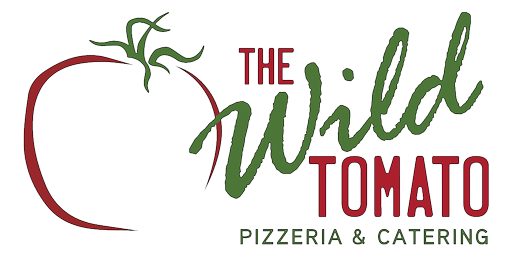The quest for the perfect pizza often leads down a path of experimentation, from finicky dough recipes to the elusive ideal oven temperature. But what if the key to unlocking that crispy crust and perfectly melted cheese lay in a single, versatile piece of cookware? Cast iron, with its exceptional heat retention and even distribution, is a game-changer in the pizza-making world, yielding results that rival – and perhaps even surpass – dedicated pizza ovens. This method transcends the limitations of home ovens, offering a path to unparalleled crispiness whether you're using your trusty oven or embracing the smoky allure of your backyard barbecue.
This guide dives deep into the art of cast iron pizza perfection, exploring both oven and BBQ techniques for achieving that coveted restaurant-quality pie at home. We’ll walk you through each step, from preparing the dough and assembling the toppings to achieving the ideal bake, ensuring your next pizza night is a resounding success. Ready to unlock the secrets to a flawlessly crisp, flavourful pizza? Let’s get started!
Preparation and Safety Guidelines
- Cast iron pan
- Heat deflector (optional, for BBQ)
- Cooking spray (canola oil)
- Plastic scraper
- Pizza dough
- Flour
- Garlic powder
- Onion powder
- Cornmeal
- Toppings (e.g., tomato sauce, mozzarella, pepperoni, basil, prosciutto, sun-dried tomatoes, parmesan)
- Balsamic glaze (optional)
- Extremely hot surfaces: Cast iron retains heat incredibly well. Always use oven mitts or pot holders, and allow the skillet to cool completely before cleaning or storing.
- Handle with care: A hot cast iron skillet is heavy. Be cautious when moving it, especially when it's full of pizza.
- Avoid thermal shock: Never place a searing hot cast iron skillet directly into cold water. This can cause it to crack. Let it cool gradually before cleaning.
Step-by-Step Instructions
Prepare the Oven and Pans
- Preheat oven to 425°F (220°C) and place cast iron pans inside to heat.
Prepare the Pizza Dough
- Sprinkle flour on a flat surface, place dough, and season with garlic and onion powder.
Shape the Pizza Dough
- Divide dough into portions for each pan. Stretch and shape into circles.
Prepare the Cast Iron Pans
- Lightly spray cast iron pans with cooking spray and dust with cornmeal.
Place Dough in Pans
- Place pizza dough into hot pans. Press edges to create a crust.

Place Dough in Pans Blind Bake the Crusts
- Blind bake pizza crusts in the preheated oven for 3 minutes.
Add Toppings
- Add toppings to the pre-baked crusts.


Add Toppings Bake the Pizzas
- Bake pizzas at 425°F (220°C) for 15-17 minutes until perfectly cooked.
Read more: The Surprisingly Simple Single-Layer Lasagna (Pizza) Recipe
Tips
- When cooking on a BBQ, use a heat deflector to prevent burning.
- Use canola oil cooking spray, not olive oil, to prevent sticking.
- Clean cast iron with warm water and a plastic scraper; avoid soap.
- Blind baking the crust prevents a soggy bottom.
- Cornmeal prevents sticking and makes removal easy.


